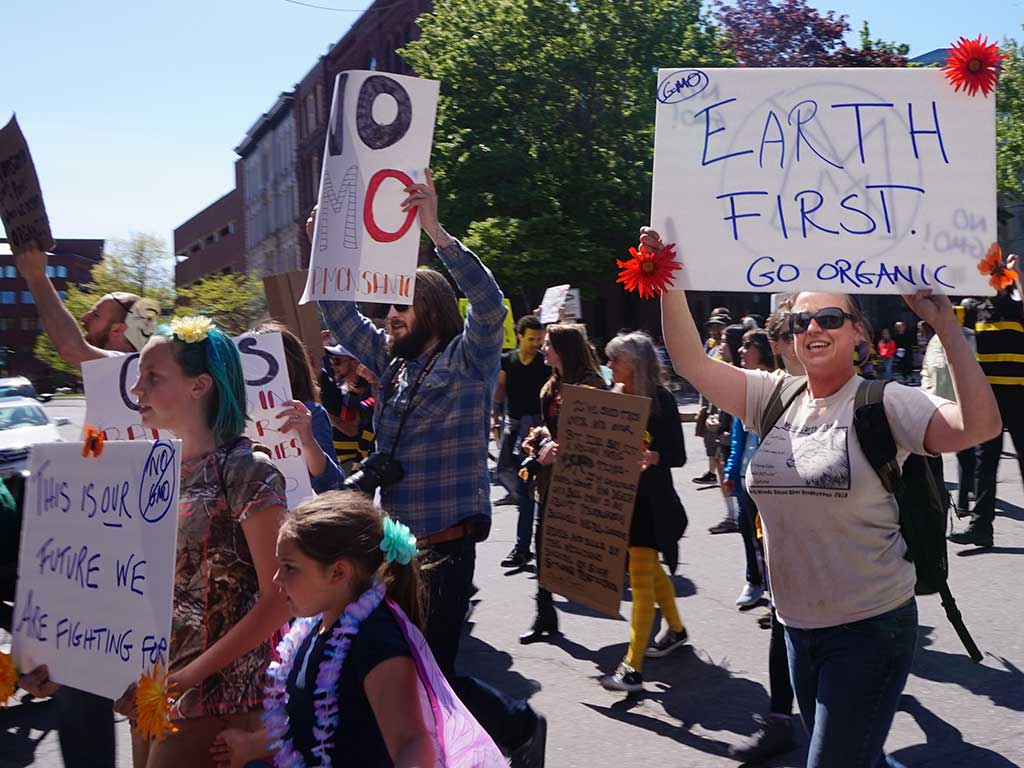
HALF MEASURES
Many of us are reduced to half measures or, at best, slow walking when we realize the true magnitude of the climate crisis. We talk about alternatives but there is no substitute more effective than keeping fossil fuels in the ground. Yet, we may still find some wisdom in small, slow-stepped approaches. For example, a recent article in the New York Times extolled the virtues of merely turning off our refrigerators for one hour a day to save power grids. Such a measure could put money back into our pockets while helping us get through the worst climate challenges.
There is no way to candy-coat the problem before us. Global carbon emissions have risen by well over 40% and continue to rise. Average temperatures are on track to rise by four times that amount by the end of the century. The last time there was this much carbon dioxide in the atmosphere, humans didn’t exist.
The planet will not be lost, but life on the planet could be.
Greta Thunberg puts it succinctly:
“If the emissions have to stop, then we must stop the emissions. To me that is black or white. There are no gray areas when it comes to survival. Either we go on as a civilization or we don’t. We have to change.”
A vibrant, fair, and regenerative future is still possible if enough of us change our minds and do something.

It would not require thousands of people doing climate activism perfectly, but millions doing the best they can. According to the Intergovernmental Panel on Climate Change (IPCC), we need “rapid, far-reaching and unprecedented changes in all aspects of society.” We need a whole new way of thinking.
The success of the Green New Deal and, by extension, President Biden’s infrastructure package, requires us to reroute political and economic power away from the 1% and to the 99%. To become an economy that serves people and the planet, everyone must be empowered with a centralized common strategy and the relentless pursuit of shared goals – an all-out war-like effort from both the public and private sectors.
Now is the time to reframe everything we do to bring it in line with what needs to be done.
Part of the package is regenerative infrastructure to help clean our air, filter water, protect coasts, provide food, and stabilize climate. Such a reset would include thickening forests along waterways, leaving leaf litter and decay for native pollinators, and mingling solar panels and wind turbines with meadows. We need a climate responsive landscape.

Moreover, the public needs to be able to consider the trade-offs and transitions ahead. Communities must be engaged in codesigning a climate-conscious world. It’s time to integrate distributed energy systems and public transportation, like those in the One Climate Future plan, into our cities. Community engagement, a key to the process, would be accomplished with participatory, educative, and fun measures.
It takes just 3-5% of a population getting active – voting, donating, taking to the streets, talking to their neighbors – for a campaign to win.
Together we can. Together we must.
Special thanks to Naomi Klein, Rhiana Gunn-Wright, and Kate Orff for their articles in “All We Can Save,” which guided us this month.
Bright Ideas is brought to you by Portland Climate Action Team which meets the fourth Thursday of the month, 6-7:30 p.m. All are welcome to join. FMI: portlandclimateaction@gmail.com.





